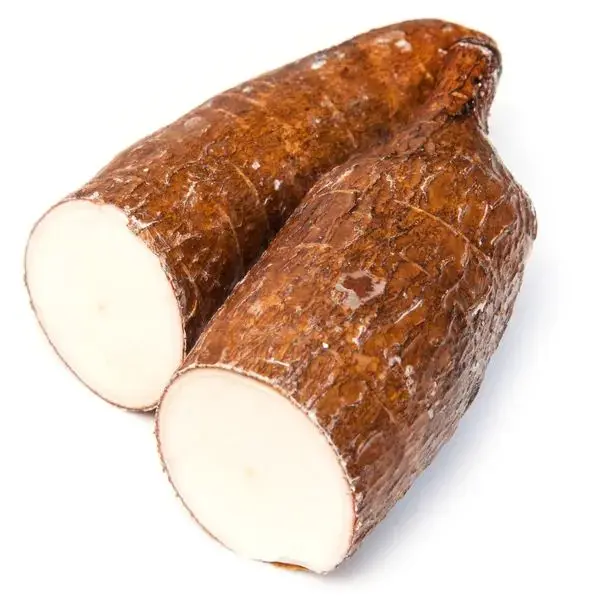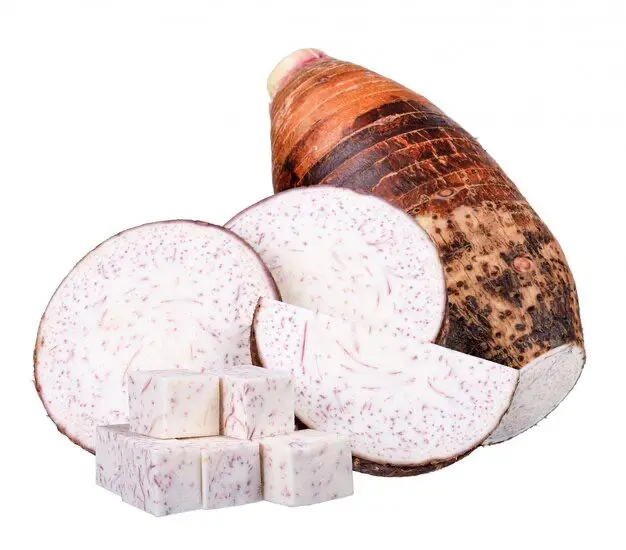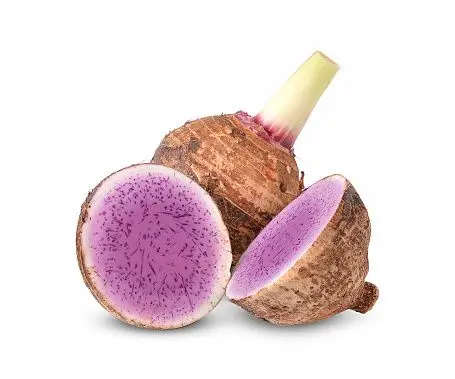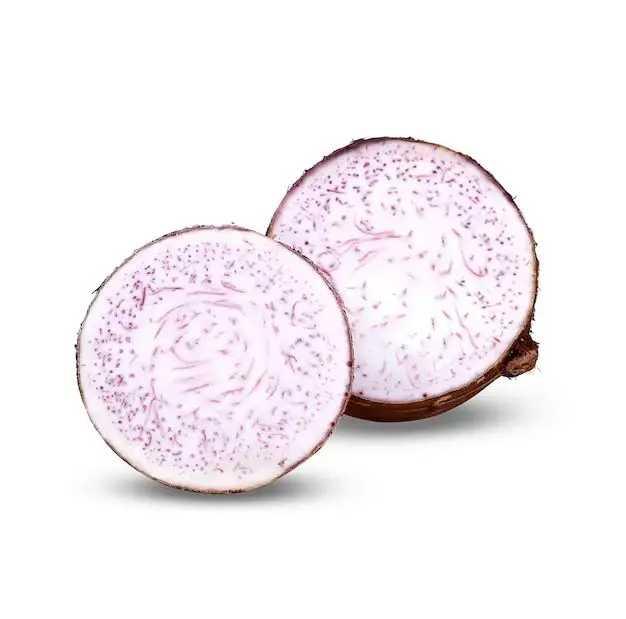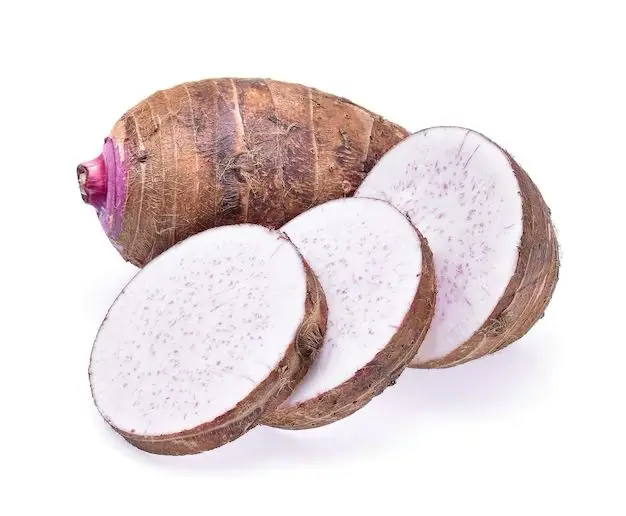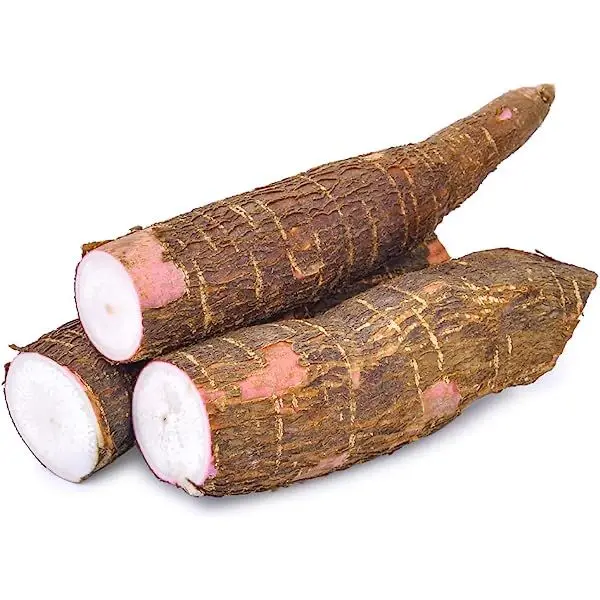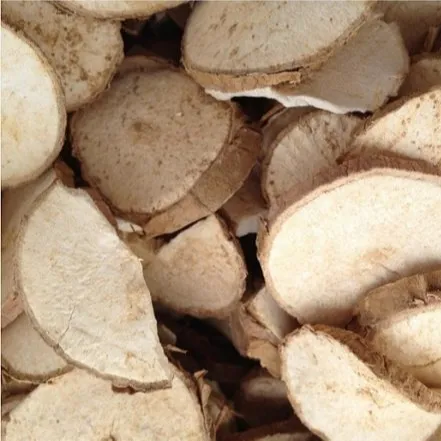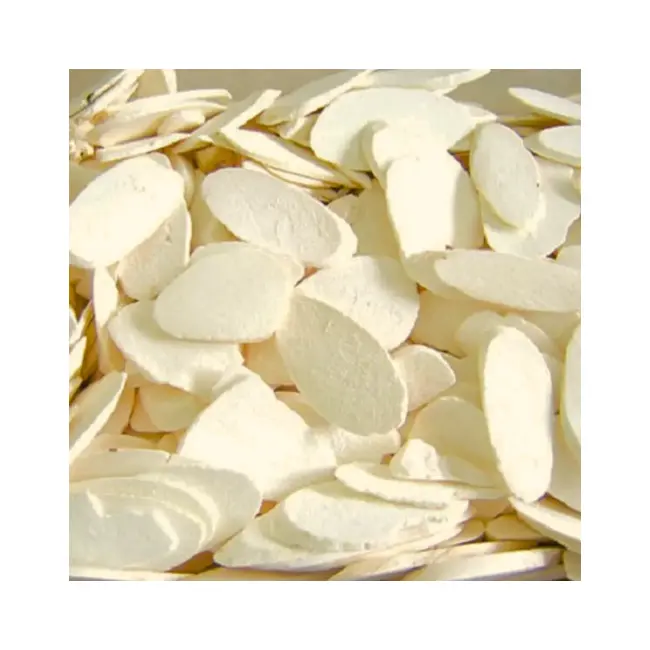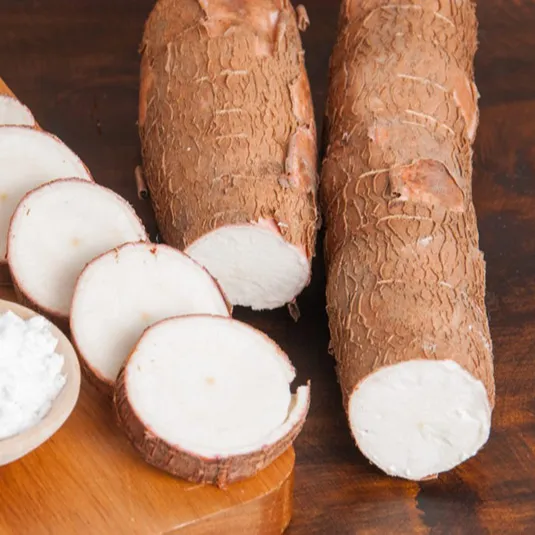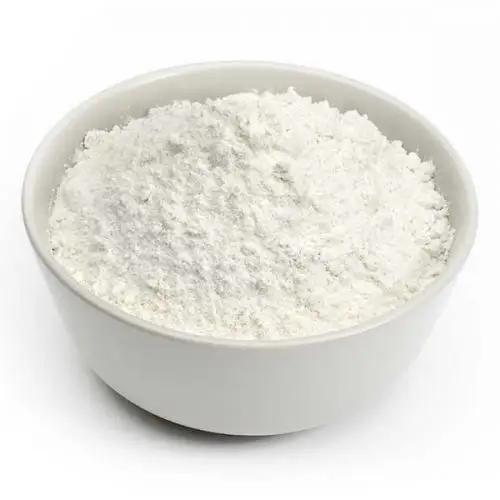Описание и отзывы
Трекер стоимости
| Месяц | Минимальная цена | Макс. стоимость |
|---|---|---|
| Sep-18-2025 | 0.10 $* | 0.39 $* |
| Aug-18-2025 | 0.71 $* | 0.85 $* |
| Jul-18-2025 | 0.97 $* | 0.59 $* |
| Jun-18-2025 | 0.25 $* | 0.63 $* |
| May-18-2025 | 0.52 $* | 0.72 $* |
| Apr-18-2025 | 0.9 $* | 0.12 $* |
| Mar-18-2025 | 0.56 $* | 0.87 $* |
| Feb-18-2025 | 0.54 $* | 0.72 $* |
| Jan-18-2025 | 0.46 $* | 0.33 $* |
Характеристики
Cassava is a rich, affordable source of carbohydrates. It can provide more calories per acre of the crop than other cereals, which makes it a very useful crop in the developing world. People prepare and eat cassava in various ways in different parts of the world, with baking and boiling being the most common methods. In some places, people ferment cassava before using it. It is essential to peel cassava and never eat it raw. It contains dangerous levels of cyanide unless a person cooks it thoroughly before eating it. Dishes that people can make using cassava include:
* bread, which can contain cassava flour only, or both cassava and wheat flour
* French fries
* mashed cassava
* cassava chips
* cassava bread soaked in coconut milk
* cassava cake
* cassava in coconut sauce
* yuca con mojo, a Cuban dish that combines cassava with a sauce comprising citrus juices, garlic, onion, cilantro, cumin, and oregano.
In addition to eating cassava, people also use it for:
* making tapioca, which is a common dessert food
* making starch and flour products, which people can use to make gluten-free bread
* feeding animals
* making medications, fabrics, paper, and building materials, such as plywood
Scientists may eventually be able to replace high-fructose corn syrup with cassava starch. Researchers are also hoping that cassava could be a source of the alcohol that manufacturers use to make polystyrene, PVC, and other industrial products. Benefits and nutritional profile of cassava Share on Pinterest Tapioca flour is useful for making gluten-free bread. Cassava is a calorie-rich vegetable that contains plenty of carbohydrate and key vitamins and minerals. Cassava is a good source of vitamin C, thiamine, riboflavin, and niacin. The leaves, which are also edible if a person cooks them or dries them in the sun, can contain up to 25 percent protein.
However, the cassava root does not deliver the same nutritional value as other tuber vegetables.
Tapioca starch is gaining attention as a source of gluten-free flour to make bread and other baked products that are suitable for people with an intolerance to gluten. Cassava is a source of resistant starch, which scientists suggest can boost a person’s gut health by helping nurture beneficial gut bacteria. Resistant starches remain relatively unchanged as they pass through the digestive tract.
The nutritional profile of 1 cup of raw cassava is as follows:
* calories: 330
* protein: 2.8 grams (g)
* carbohydrate: 78.4 g
* fiber: 3.7 g
* calcium: 33.0 milligrams (mg)
* magnesium: 43.0 mg
* potassium: 558.0 mg
* vitamin C: 42.4 mg
* thiamine, riboflavin, and niacin
Cassava contains only small amounts of proteins and fats. As a result, people who use cassava as a primary dietary staple may need to eat extra protein or take protein supplements to avoid becoming malnourished.
Since cassava leaves are a source of protein, people in some parts of the world emphasize combining the roots and leaves of the plant to address this concern.
Some health-food stores and supermarkets in the U.S. stock cassava, and people can also find a wide variety of cassava products online.


We are trading company based in Germany Europe that deals with the Mix supplies of hot products in the market such as Vegetable oils, automobiles, food and beverages, scrap mill-berry etc. We are dedicated to our services to our clients worldwide and we are making sure customers satisfaction should be our top priority. We welcome you in our trade market and give you the best competitive price you will ever wish for and being satisfied.
We are based in Saarland, Germany, start from 2011,sell to South America(9.00%),Mid East(9.00%),Africa(8.00%),Oceania(8.00%),North America(7.00%),Southeast Asia(7.00%),Central America(7.00%),Southern Europe(7.00%),South Asia(7.00%),Domestic Market(7.00%),Eastern Europe(6.00%),Eastern Asia(6.00%),Western Europe(6.00%),Northern Europe(6.00%). There are total about 11-50 people in our office.
2. how can we guarantee quality?
Always a pre-production sample before mass production;
Always final Inspection before shipment;
3.what can you buy from us?
Vehicle and transportation,frozen sea foods,scraps,Vegetable oils,Agriculture and Machinery
4. why should you buy from us not from other suppliers?
Best customer service Affordable pricing Highly quality products Products availability Return insurance policy
5. what services can we provide?
Accepted Delivery Terms: FOB,CFR,CIF,DDP;
Accepted Payment Currency:USD,EUR;
Accepted Payment Type: T/T,L/C,MoneyGram;
Language Spoken:English
